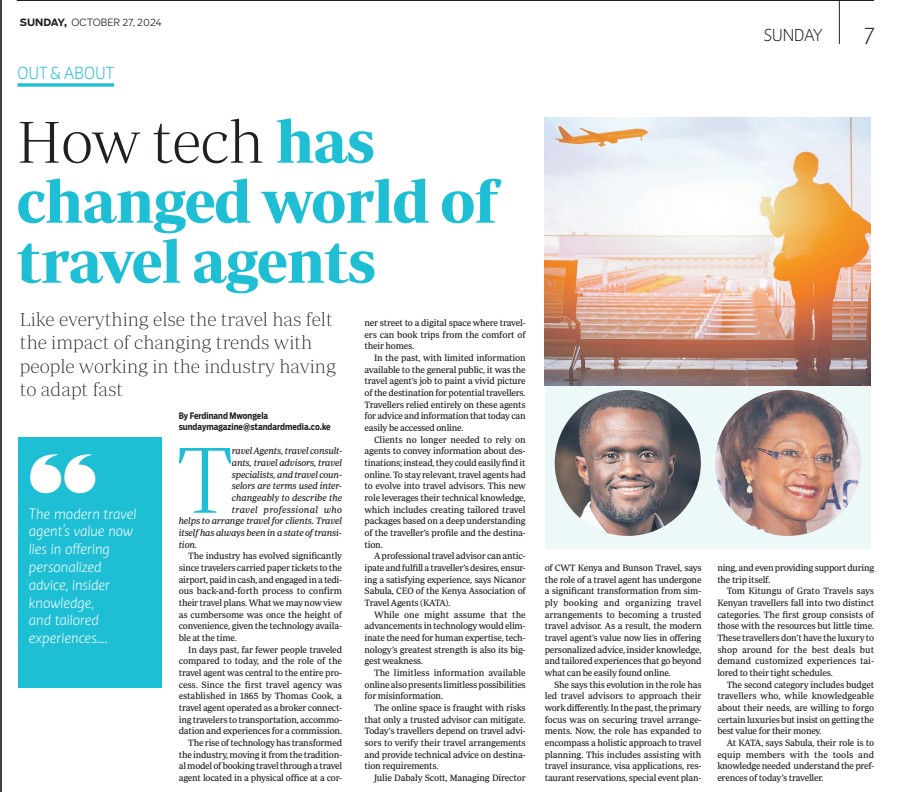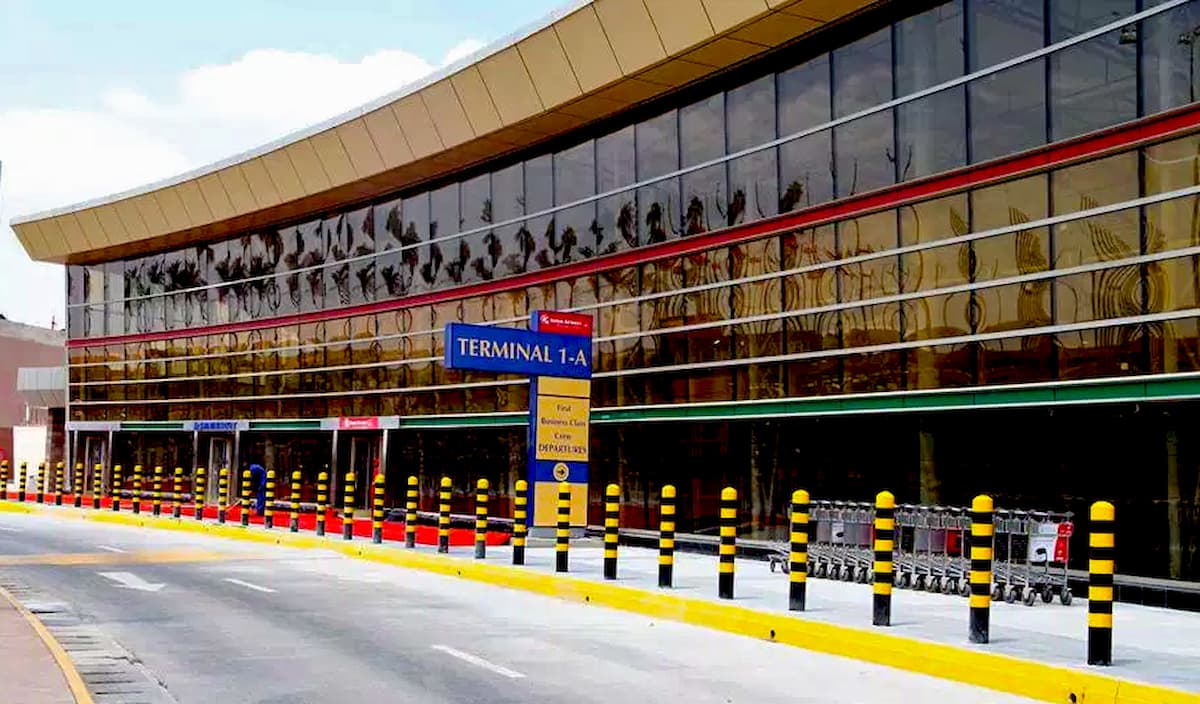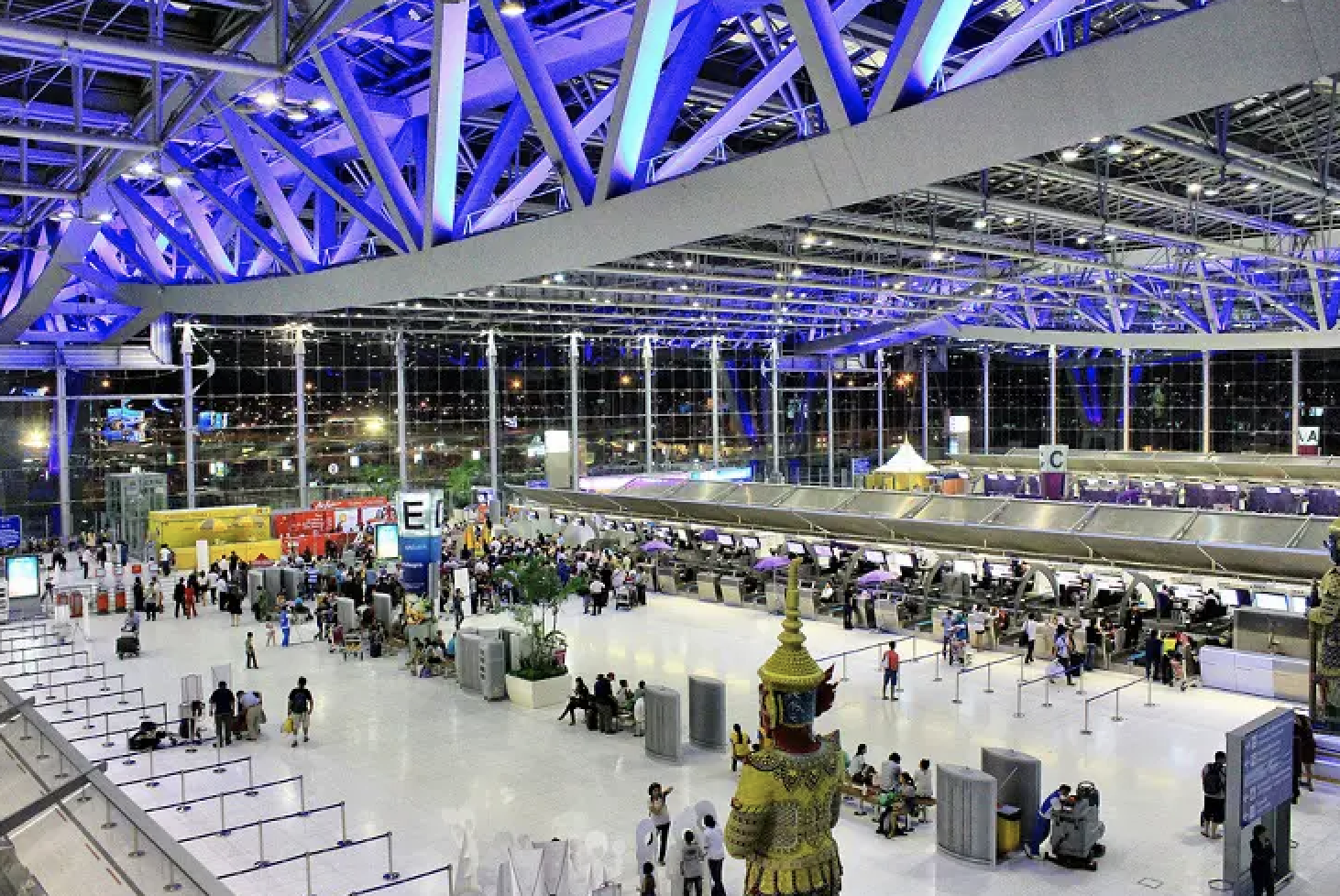nology
Wednesday 30th October 2024 — 4 min read
IATA released the results of its 2024 Global Passenger Survey, revealing that travelers continue to prioritize convenience and speed. For a smoother travel experience, they are eager to use biometric identification and complete some travel processes before reaching the airport.

“Passengers want flexibility and transparency when planning and booking travel, plus speed and convenience at the airport. More are embracing biometrics, digital wallets, and off-airport processes to make it happen,” said Nick Careen, IATA’s Senior Vice President of Operations, Safety, and Security.
Planning, Booking and Payment
- 68% said proximity to the airport was their top priority when selecting their departure airport, followed by minimizing total travel time ( 33% ) and getting the best ticket price ( 25% ).
- 71% said they book travel online or via a mobile app, with 53% preferring to use the airline’s website / app and only 16% preferring human interaction.
- 32% said they wanted to have all travel information consolidated in one place during the pre-travel process.
- 79% prefer to pay for travel with a credit or debit card, followed by digital wallets at 20%, and instant payment solutions, such as IATA Pay, at 7%.
- Convenience was the main reason passengers chose a particular payment method ( 70% ), followed by benefits ( 39% ) and security ( 33% ).
Passengers prioritize convenience in the planning, booking, and payment phase of travel. For this convenience, they may accept some higher costs, and they are increasingly willing to use technologies, such as digital wallets. IATA’s Modern Airline Retailing initiative is helping airlines to deliver greater customer centricity based on the foundational work of New Distribution Capability and the conversion to Offers and Orders. The Airline Retailing Maturity Index supports airlines in their distribution and payment transformation.
“Technology continues to change the way people plan, book and pay for travel. Travelers expect the same conveniences when shopping for travel that they get in any other online shopping experience. That means simplicity, clarity, and with options to meet their preferences while keeping their data secure. The industry is stepping up to meet the demand for greater customer centricity through IATA’s Modern Airline Retailing initiative. Passengers will experience its positive impact progressively in the very near future,” said Muhammad Albakri, IATA’s Senior Vice President for Financial Settlement and Distribution Services.
Airport
- 70% said they want to reach their boarding gate in 30 minutes or less when traveling with just a carry-on; 74% expect it to take no longer than 45 minutes with a checked bag.
- 85% said they are willing to share immigration data i.e. passport, visa with authorities before departure to speed up airport process. And 89% are interested in a trusted traveler program to expedite security screening.
- 45% said immigration procedures should be completed before reaching the airport, and 36% feel the same about check-in. Additionally, 70% of passengers said they’d be more likely to check-in a bag if they could do so in advance.
- 46% of travelers experienced airport processes using biometric identification. The highest usage is seen at entry and exit immigration checkpoints ( 43% ). 84% of users were satisfied. And 75% prefer using biometrics over traditional passports and boarding passes.
- 50% said they are concerned about data protection and 39% would be more open to biometric solutions if assured of their data’s security.
IATA’s One ID initiative is helping the industry to respond to traveler desires for faster processes and less hassle on the way to their aircraft, securely powered by biometrics and digital identity.
“The clear message from travelers is that they expect to board their planes faster with technology and smarter processes beginning well before they reach the airport. And the good news is that we are making this happen. Already travelers can arrive at the airport ready to fly with admissibility checks completed. And biometrics and digital identity can deliver a paperless experience once at the airport. That’s great for passengers. Importantly, the greater efficiency will help airport infrastructure to better cope with the growth in passenger numbers, helping to make the business case for adopting these new technologies and processes even more compelling,” said Careen.
Digital solutions are preferred by younger generations
Under-25s are considerably more proactive in using technology to improve their travel but want assurances on security.
- 51% would choose digital wallets for payment, far above the global average of 20%.
- 90% expressed interest in using a smartphone with a digital wallet, passport, and loyalty cards for booking, payment, and airport navigation, surpassing the global average of 77%.
- 48% prefer biometrics over traditional passports and boarding passes, compared with 43% of those aged 56-75.
- 50% of under-25s would be more open to biometric solutions if assured of data security, versus the global average of 39%.














